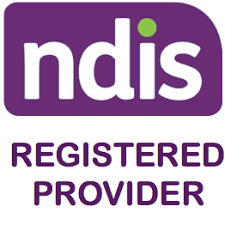Apps
Defining separation anxiety behaviour
Separation anxiety is defined as the fear, worry and unease experienced by a child in situations when they have to separate from a caregiver. Situations can include having to stay with a new babysitter, going on a playdate, the first day of childcare, preschool, kindergarten, school, camp or even going back to school after a long break, or having to sleep alone.
Separation anxiety behaviour as a part of normal development
Anxious feelings are a healthy, normal and expected reaction when children have to separate from a caregiver. As part of normal childhood development separation is seen throughout early childhood, it is more difficult within these age groups: babies (around 8 months), toddlers (14-18 months), pre-schoolers (3 years) and can also reappear in the early school years.
Separation anxiety disorder
For most children the fear, worry and unease fades away after a few days or a couple of weeks and they manage to settle into the environments smoothly. However, for others the separation anxiety that accompanies the transition persists consistently for four weeks or longer.
The Diagnostic and Statistical Manual of Mental Disorders 5th edition (DSM-5) [American Psychiatric Publishing (APA), 2013], is a handbook that is used by mental health professionals. It defines separation anxiety disorder as the excessive fear, worry and unease about anticipated or actual separation from a caregiver (APA, 2013).
Impact of separation anxiety
Separation anxiety affects everyone involved and the child who has separation anxiety requires necessary help to learn positive ways of behaving and managing their emotions.
Positive support resources for separation anxiety

Positive Behaviour Support (PBS) focuses on evidence-based strategies and person-centred supports that address the needs of the individual and the underlying causes of behaviours of concern, to enhance the quality of life for both the individual and those that support them.
PBS recognises that there is no single cause for behaviour . It is a complex that is a product of the interaction between multiple factors contributing to its development and persistence.
Behaviour is like the tip of the iceberg so it is essential to look beneath the surface to work out the why before we can address the problem. Behaviour Help resources are at hand.
Get Started with Behaviour Help App
Assess-manage-prevent behaviours of concern efficiently and effectively with the Behaviour Help App.
Download this free PDF guide
The forms contained in this pdf booklet are from the S for Separation Anxiety: Positive Behaviour Support guide that can be used as part of the process of developing a PBS plan.
Get Started with Behaviour Help App
Assess-manage-prevent behaviours of concern efficiently and effectively with the Behaviour Help App.

